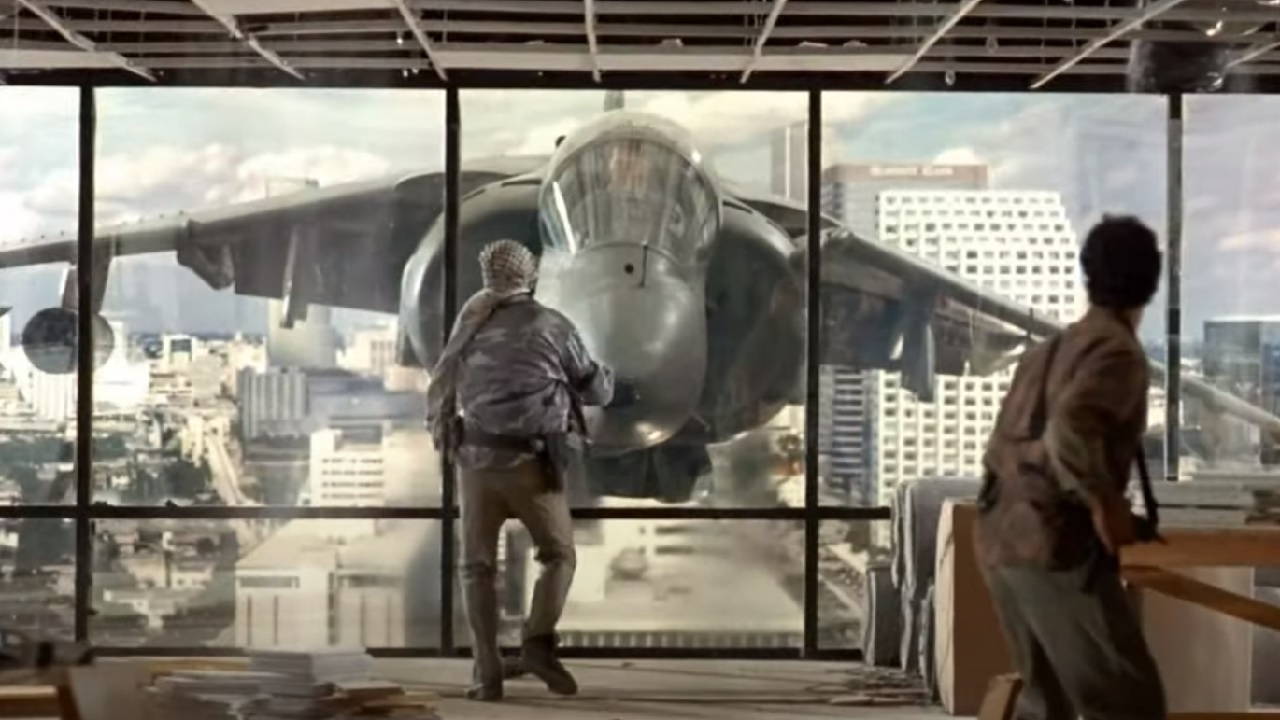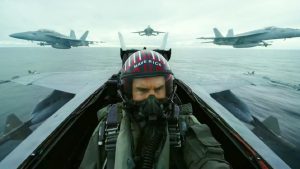The Apache has since served in American conflicts in the twenty-first century, three times in Iraq and twice in Afghanistan for twenty years.

The Boeing AH-64 was given the Apache tribe’s name in keeping with the US Army’s custom of naming helicopters after Native American tribes. The Apache were nomads known for being good at riding horses and living off of buffalo. The AH-64 may be the best attack helicopter in the world. It is a technological marvel with cutting-edge weapons and a key part of US Army forces.
The Apache’s most innovative feature is not obvious at first glance. It is not how the helicopter looks or how far it can fly. The Integrated Helmet and Display Sighting System (IHADSS) that both the pilot and gunner wear is what distinguishes the Apache from other helicopters. The IHADSS is a helmet with an attached monocle, as you would have gathered from the name. Surprisingly, the monocle can track the wearer’s eye movements. The user can control the device by simply moving their eye.
For example, the IHADSS moves the AH-64’s M230 Chain Gun in sync with the wearer’s eye movements, causing the M230 to move or lock on a target whenever the wearer moves or locks on a target with their eye. Acquiring a target is as easy as peering through an eyepiece.
Target Acquisition and Designation System (TADS), which mounts to the front of the Apache, is a key component of IHADSS. Thermographic and monochrome daylight television cameras are built into the TADS, along with a globular electro-optical sensor and laser target designator.
The Apache can operate on the front lines in challenging weather conditions, day or night, thanks to the IHADSS and TADS combined with extra onboard sensors. The Apache is outfitted with a Pilot Night Vision System (PNVS) for nighttime operations, allowing operators to see in the dark—a perk that adversaries hardly ever have. Additionally, the Apache uses GPS, passive infrared countermeasures, and the Ground Fire Acquisition System (GFAS). This two-sensor system uses a thermographic camera to detect and target ground-based weapon fire. The GFAS has a 120-degree field of view and can detect muzzle flashes or small-arms fire in any lighting condition. The combined result of the Apache’s numerous sensors and devices is the capacity to target up to 256 targets within a 31-mile radius simultaneously.
With so many technologies on board, the Apache may be adjusted to carry out various mission profiles, including anti-armor missions, covering forces, and escort. No matter the mission, the Apache has 1,200 30mm rounds for the IHADSS-synchronized M230 Chain Gun. The Apache can also carry several Hellfire missiles and Hydra 70mm rocket combinations.
In order to take part in Operation Just Cause, the US invasion of Panama, the Apache first saw duty with the US Army in 1986. Still, Operation Desert Storm, the invasion of Iraq in 1991, was the first big test for the Apache. On January 17, 1991, the Apache launched a covert night strike against Iraq’s radar system, sparking the beginning of the fight. By the end of Desert Storm, the Apache had killed 278 Iraqi tanks, but it had many problems with logistics and maintenance. Because of this, the Apache was often grounded and only flew one-fifth of the hours it was supposed to.
The Apache has since served in American conflicts in the twenty-first century, three times in Iraq and twice in Afghanistan for twenty years. Also, the Apache has been distributed to allies abroad. Israel, the Netherlands, Japan, the United Kingdom, and South Korea use the AH-64.






